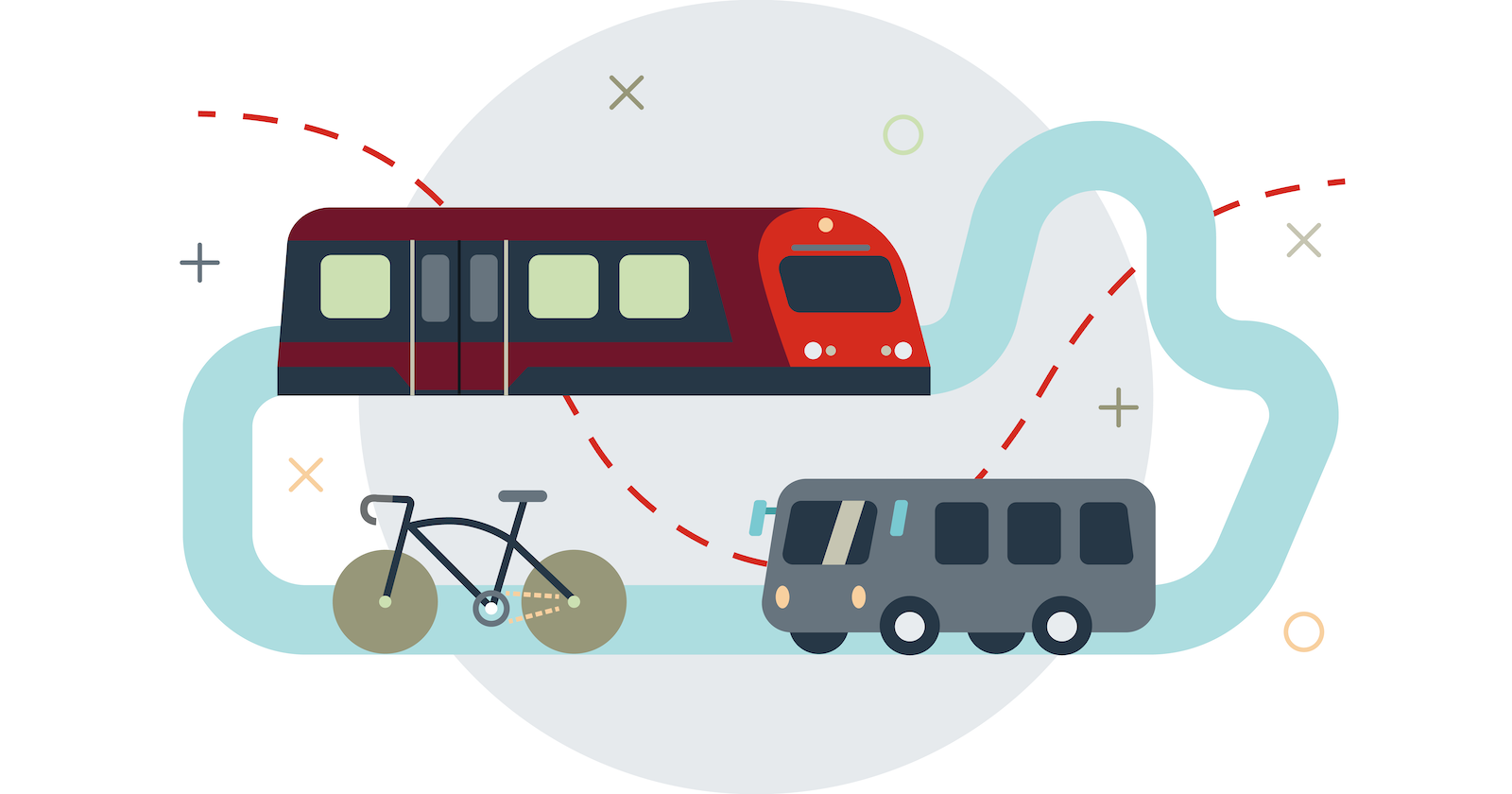Wednesday, July 17, 2024
Decarbonization goals to slow down the progress of climate change and the crowding of urban centers make sustainable mobility a priority on the global agenda.
By Dalia Alonso
How many times do you move every day? Going to class, work, or both, grabbing a drink with your friends at that cool place that's a twenty-minute walk away, taking the kids to school, go to the movies, or simply for the enjoyment of walking and taking a stroll. Mobility is one of the central concepts of our lives, especially if we live in cities where distances are larger. This need in our daily lives makes every day mobility day.
Sustainable mobility entails seeking solutions so that all members of society can move from one place to another with low environmental and energy costs. Simply put: non-polluting and accessible transportation for everyone.
In recent years, public awareness of the importance of sustainable mobility to promote decarbonization has been growing, due to the visible effects of climate change and conditions such as traffic congestion, which in certain cities is part of the everyday scene. This is why, in addition to individual actions, administrations have begun to implement measures to promote public transport.
In addition to Mobility Week, which has been observed annually in the European Union for more than 20 years with different transportation-related activities (in 2023, for example, the main focus was on energy efficiency), the recently approved Sustainable Mobility Law in Spain is particularly noteworthy. This law proposes solutions such as promoting alternative means of transport (car sharing, temporary use vehicles, and more) and processing information on mobility using smart data, in other words, collecting data by administrations with a view to optimizing accessibility to this public right.
For example, in the city of Madrid, the City Performance Tool, a tool developed by Siemens, has been used to gather information and data to show the way forward to reduce emissions and improve the quality of air and life in urban environments. This is an example of the type of measures and laws included in the Green Deal or European Green Pact, which aims to reduce emissions to zero by 2050, and in which the management of sustainable transport is one of the strong points.
Another of the best known assets of sustainable mobility are electric vehicles, which contribute to reducing emissions. Moreover, the idea of 15-minute cities, which encapsulates the ideal of having all the necessary services less than a quarter of an hour from home, is also fundamental when considering what we want mobility in cities to be like.
It is not just a question of creating a public transport system that is accessible to all. It is a matter of making travelling from one place to another a mere formality and not a significant part of our time. Active mobility is only possible in a city where urban spaces are designed for pedestrians, and where coexistence between people and the needs of personal transport and goods can coexist in harmony.
¿Te ha parecido interesante?





